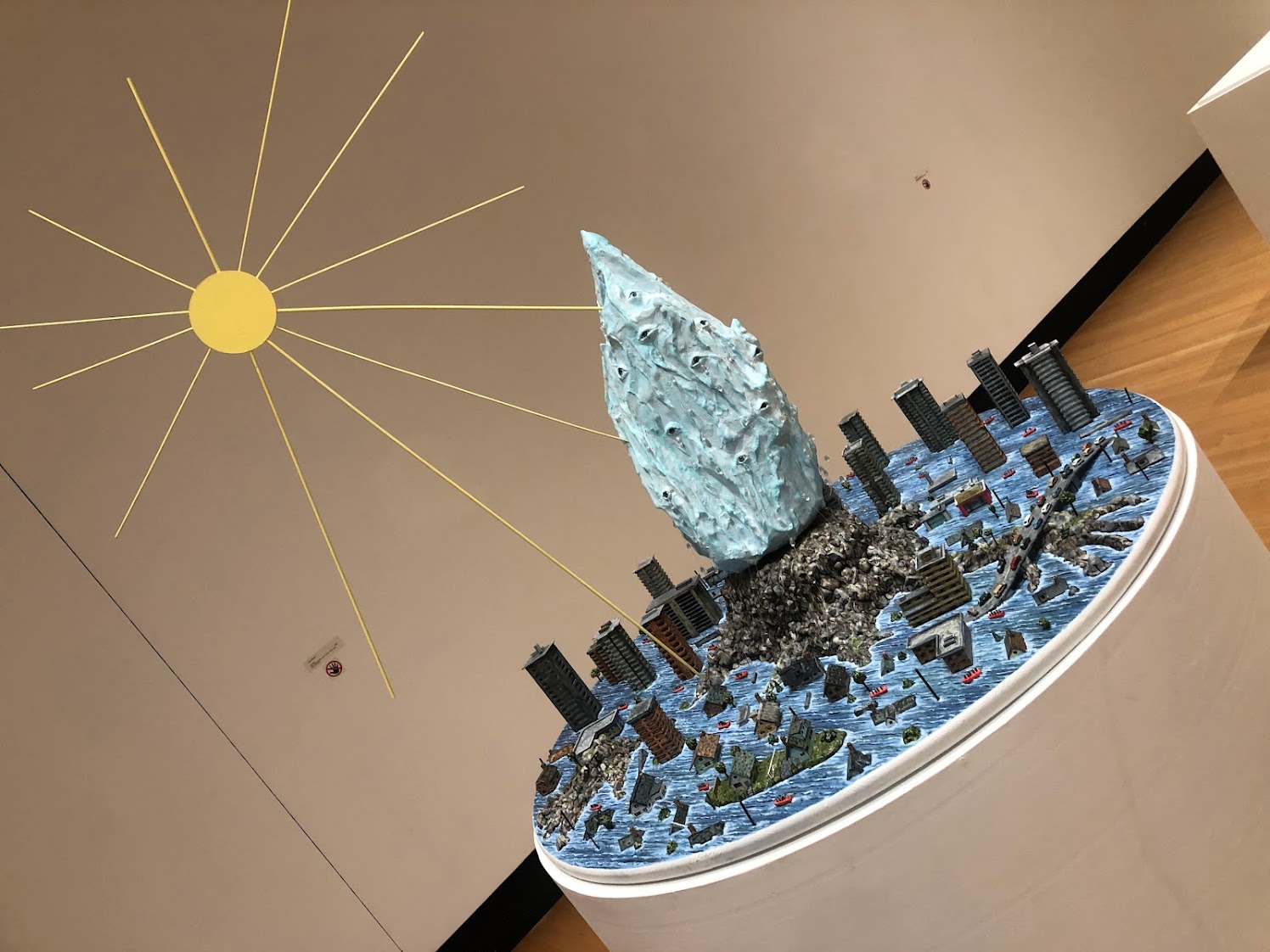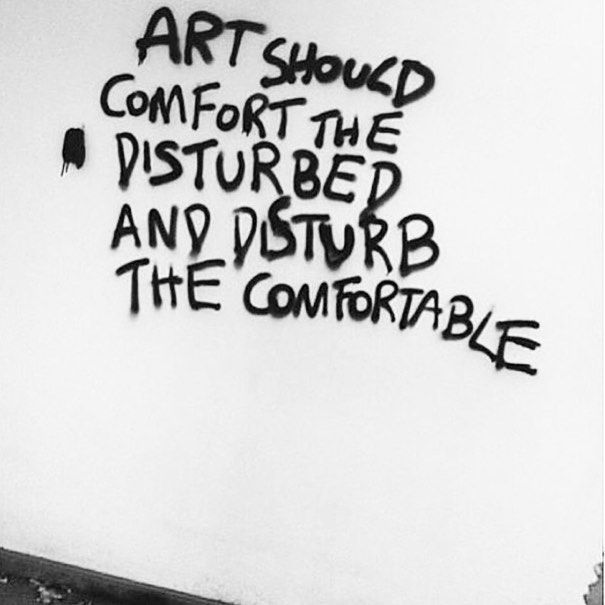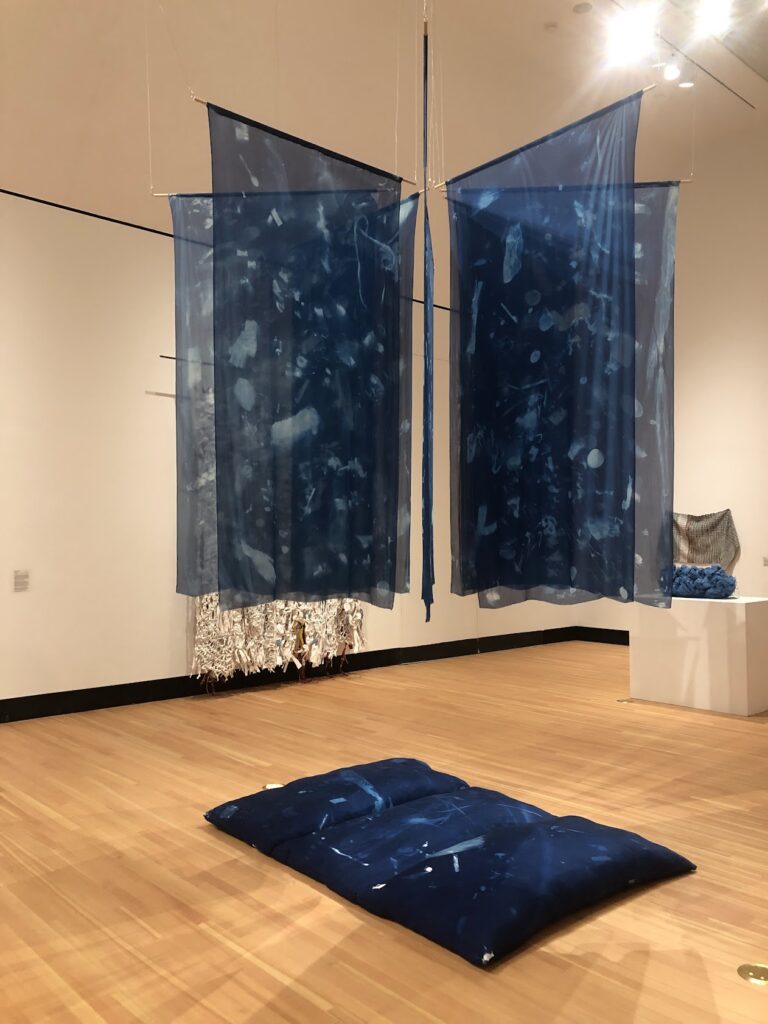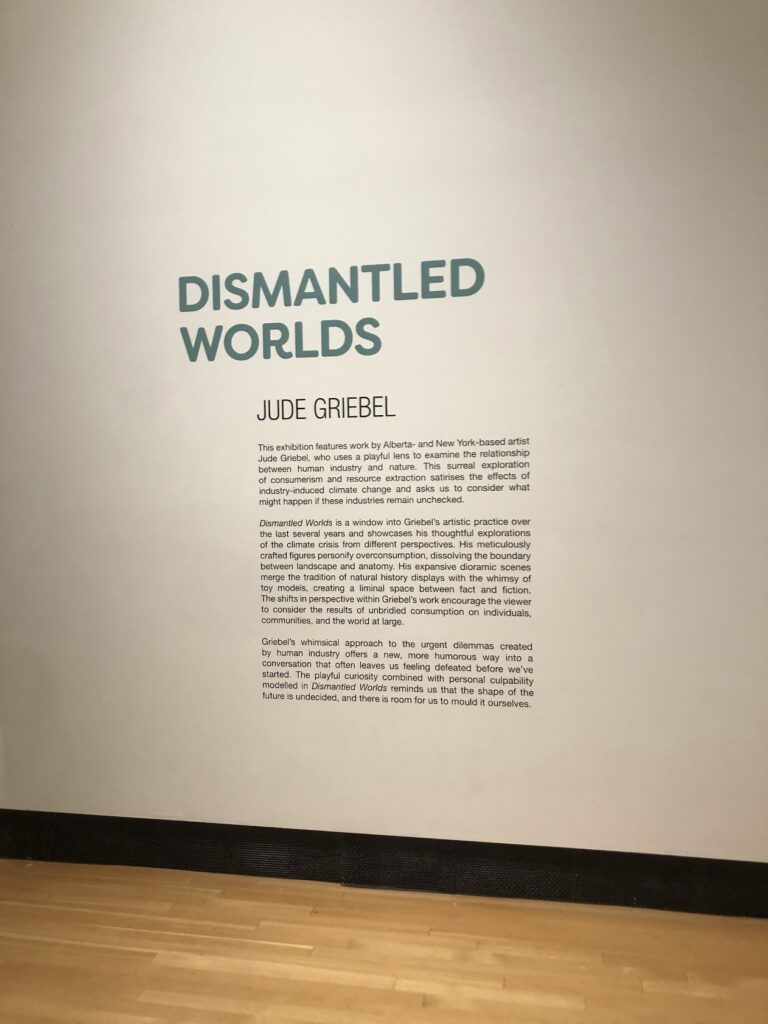Let me preface this post by saying that I LOVE Art galleries. They are little nooks filled with people’s particular expressions of themselves and place, and in this way, I find them to be like eyes, offering a window into the soul of a land, people, and place. When I travel, art galleries (as well as museums) are my favourite stops, and I am always the last to leave the gallery, and always with the feeling that I could have stayed longer. So, as you can imagine, I really enjoyed our visit to the Two Rivers Art Gallery.

I am a very visual person, so art also speaks to me very personally in a lot of ways. In our very first day of actual class, all of our cohort was asked to consider what our unique superpower, capturing it in one word. I decided on “observing”. Additionally, I am a very emotionally intuitive and empathetic person, so I really appreciate how art moves us, comforting the disturbed and disturbing the comfortable, to paraphrase the title of a poem by the Mexican poet Cesar A. Cruz.

Depicts a spray-painted piece by Banksy using César A. Cruz’s 1997 famous line, “To Comfort The Disturbed, and to Disturb the Comfortable”
Photo from Facebook. Original photographer unknown
Moreover, the theme for the gallery during our visit was also of meaning to me. The first gallery was about our (human) relationships with plastic, while the second gallery was titled Dismantled Worlds. Both of them speak to climate change, climate anxiety, and climate consciousness, socio-political and emotional pieces that relate to environmental, community, and self-care which are high priorities within my worldview and value sets. All this to say, that I found our visit to be absolutely lovely, and both academically and creatively stimulating.
“Art is meant to comfort the disturbed and disturb the comfortable”
César A. Cruz
What I am reflecting on, though, is that art is not for everyone–even though it is for everyone, since art is really any form of creative expression and therefore within any person’s capacity, even if the product is outside societal standards. Thus, I need to be mindful that I am not pushing my students into learning that is not driven-by them while caught up in my passions. Additionally, how can I engage students who aren’t proficient or interested in art, in art? Since I naturally enjoy art, I have many wonderful things to say and see about it, however I also need to find ways to weave other subjects and competencies into art. Then, students who struggle with creative processes, productive or skills can still practice these while also using their other strengths to build confidence through successes in art.
For example, providing greater structure or systematic procedures for completing some artworks could differentiate learning enough to properly engage students who struggle with open-ended or abstract work. Additionally, art work that involves patterns or chemical reactions could be more mathematically, or scientifically engaging for those with a more analytic or practical mind, who like to do theoretical or hands-on work, but feel greater satisfaction from completing lists, or goals. Some things to think about!

